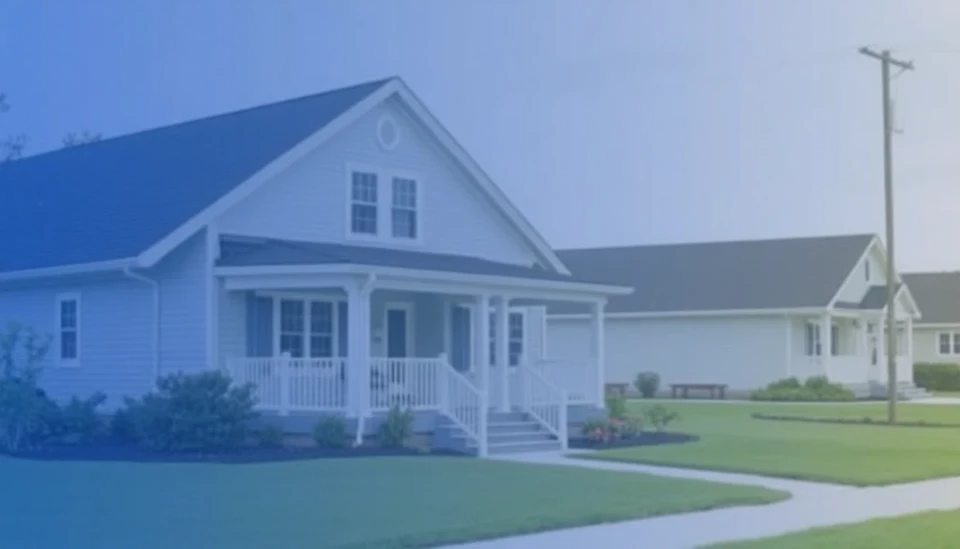
The landscape of home insurance in the United States is undergoing a transformative shift, driven primarily by intensifying climate-related hazards. This trend has resulted in skyrocketing insurance premiums, impacting homeowners across various states. The ever-increasing frequency of natural disasters, from wildfires to hurricanes, is prompting insurance companies to alter their strategies in response to this growing threat.
As climate change becomes an undeniable reality, insurers are reassessing their risk exposure, leading to substantial hikes in policy costs. Homeowners in high-risk areas are feeling the brunt of these changes, with some facing annual premium increases as much as 30% or more. This shift not only affects the affordability of coverage but also challenges many families' ability to secure adequate insurance as companies adapt to higher levels of risk.
Regions that have historically been considered stable are now becoming hotspots for insurance companies to tighten their policies and increase rates. For instance, states like California, Texas, and Florida are particularly under scrutiny due to their vulnerability to wildfires, flooding, and severe storms. Insurers are prioritizing areas where they can mitigate their risk, leaving many homeowners in traditionally safe regions to navigate rising costs and potential coverage shortages.
This transformation has prompted calls for more robust policy measures and greater transparency from insurers. Advocates argue that a collaborative approach, involving government initiatives and private sector adaptation strategies, is essential to alleviate the burden on homeowners while also addressing the larger systemic issues related to climate change.
Additionally, the mortgage market is feeling the effects of these changes. Lenders are becoming increasingly cautious, often requiring proof of insurance before approving financing or mortgages in high-risk areas. This has left some aspiring buyers and current homeowners unable to secure loans, further complicating the real estate landscape.
The National Association of Insurance Commissioners has taken notice, emphasizing the necessity for states to adopt regulations that protect consumers and promote resourceful adaptations to the evolving threat landscape. As more people experience the ramifications of rising premiums and increased difficulty in securing coverage, the conversation around climate resilience and adaptive construction practices gains momentum.
Despite the challenges, some experts believe this current wave of rising home insurance costs could serve as a catalyst for broader discussions on climate adaptation strategies. By highlighting the need for sustainable practices, it may ultimately inspire innovation in building techniques and urban planning that could mitigate future risks associated with climate change.
As homeowners prepare for an uncertain future, the role of insurance will remain crucial. The intersection of climate policy, home insurance, and regulatory reform is poised to redefine how Americans protect their homes in the face of escalating environmental threats.
#HomeInsurance #ClimateChange #InsuranceCrisis #NaturalDisasters #MortgageMarket #InsuranceRates #Homeowners #Sustainability #RiskManagement
Author: Megan Clarke




